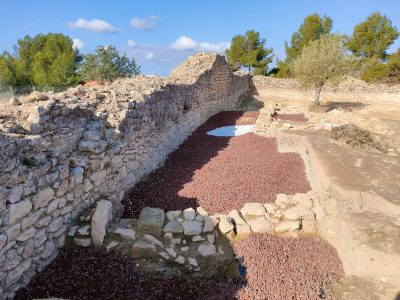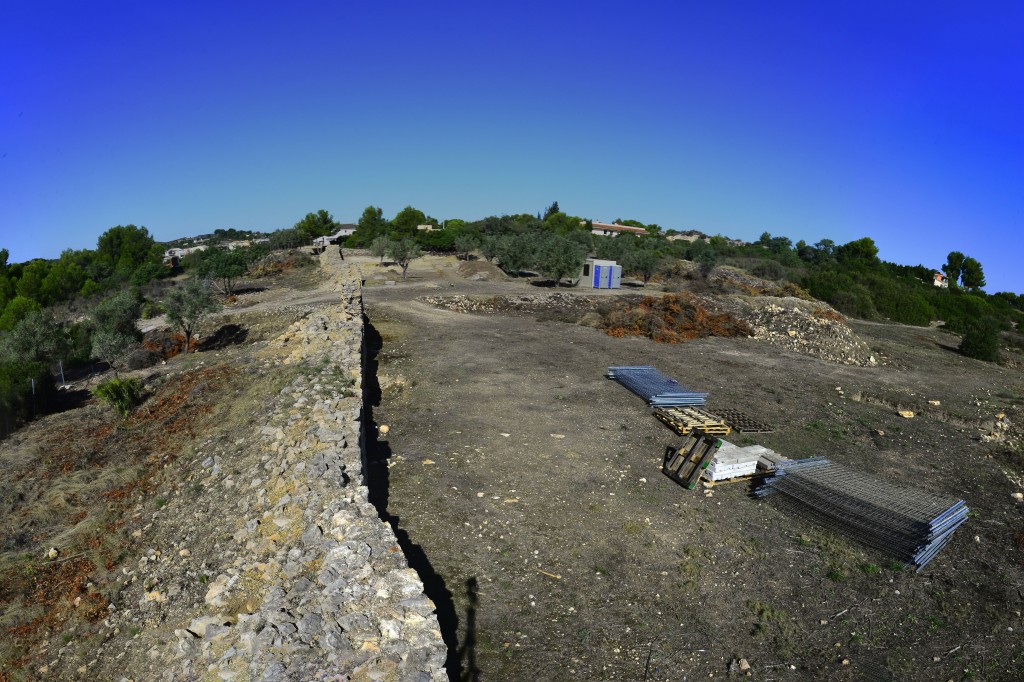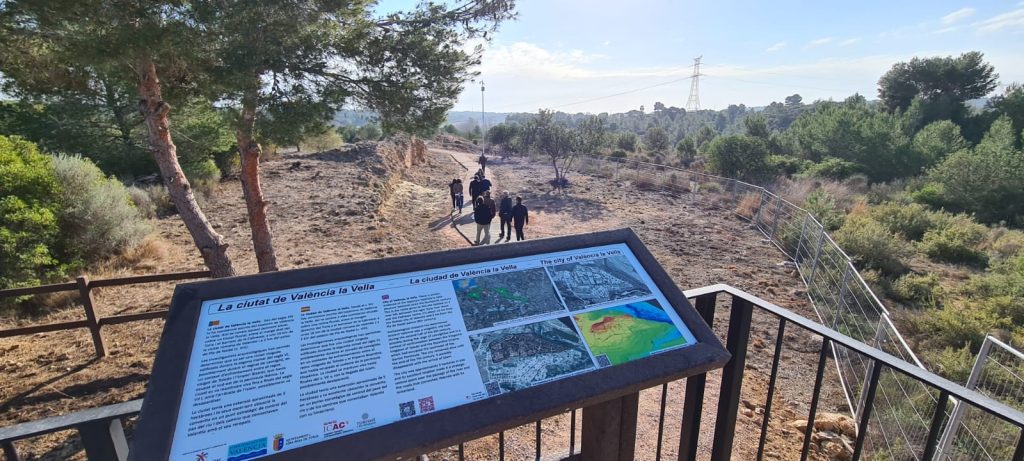
The archaeological site of València ‘la Vella’ has been stated Cultural Heritage of Interest (BIC) with the category of archaeological and paleontological zone by the Generalitat Valenciana.
The Generalitat Valenciana has approved the declaration of València ‘la Vella’ as a Cultural Heritage of Interest (BIC) with the category of archaeological and paleontological zone, along with fourteen other sites in the Comunitat Valenciana region.
This measure aims to protect and preserve the valuable historical and cultural heritage of the region. Specifically, there are fourteen archaeological sites and one paleontological site, five of which are located in the province of Alicante, five in Castellón, and the rest in Valencia.
València ‘la Vella’, located in Riba-roja de Túria, in the province of Valencia, is one of the fifteen sites recognized for their historical and scientific importance in the Comunitat Valenciana.
The València ‘la Vella’ site is an ancient settlement dating back to the Visigothic period. It is believed to have been inhabited from the 5th century BCE to the 2nd century CE and presents a great archaeological wealth. Since 2016, the ICAC, in collaboration with local experts and institutions, has been carrying out extensive excavations to discover and preserve the remains of this ancient city.
The ICAC, with its extensive experience and reputation in archaeological research, has been leading the excavations and studies at this exceptional site since 2016.
The main objective of the ICAC in València ‘la Vella’ is to gain a deeper understanding of the life and culture of the ancient inhabitants of the area. Through the analysis of archaeological remains such as ceramics, coins, tools, and architectural structures, the history of this ancient settlement and its relationship with surrounding communities is being reconstructed.
The ICAC research team, led by Josep Maria Macias (MIRMED), works meticulously and precisely to ensure that the findings are properly documented, preserved, and studied.

Advanced excavation techniques and scientific analysis are used to obtain as much information as possible about everyday life, cultural practices, and social interactions in València ‘la Vella’.
Thanks to the joint efforts of institutions, experts, and the community, these archaeological treasures are ensured to endure and be enjoyed by future generations.
The work of the ICAC at the València ‘la Vella’ site goes beyond excavation and the study of archaeological remains. They are also dedicated to the dissemination and valorization of this historical heritage. Educational activities, guided tours, and outreach programs are conducted to bring knowledge and awareness of this site to the local community and the general public.
In this regard, Strategic Plan for València ‘la Vella’ has been underway since 2022 to transform the site and its surroundings into a large archaeological park with scientific, museography, educational, and touristic activities. These initiatives can also have a positive impact on cultural tourism in the region, attracting visitors interested in exploring the rich archaeological and paleontological legacy housed in the Comunitat Valenciana.
The recognition of València ‘la Vella’ as a BIC and the involvement of the ICAC in its research and conservation demonstrates a commitment to the preservation and promotion of the historical and cultural heritage.

The Origins of València ‘la Vella’
At the end of the 6th century, about 16 km from Valentia, a new fortified settlement of considerable size, about 5 hectares, emerged: València “la Vella.” Its construction, ex novo, represented a great building effort, incorporating reused Roman elements. In this case, the material came from an external source. It is most likely that its quarry was Edeta, a Roman municipality abandoned in the 5th century and located near the new settlement of València ‘.la Vella’.
This would imply transporting the stones about 12 km, although the nearby Túria River would facilitate the transportation. The site was abandoned in the late 7th or early 8th century. At the same time, another monumental center was created: the significant power center of Pla de Nadal, about 2 km from València ‘la Vella’.
In a scientific paper published in the Mytra journal, the ICAC research team suggests that the recently disappeared site was used as a quarry.






